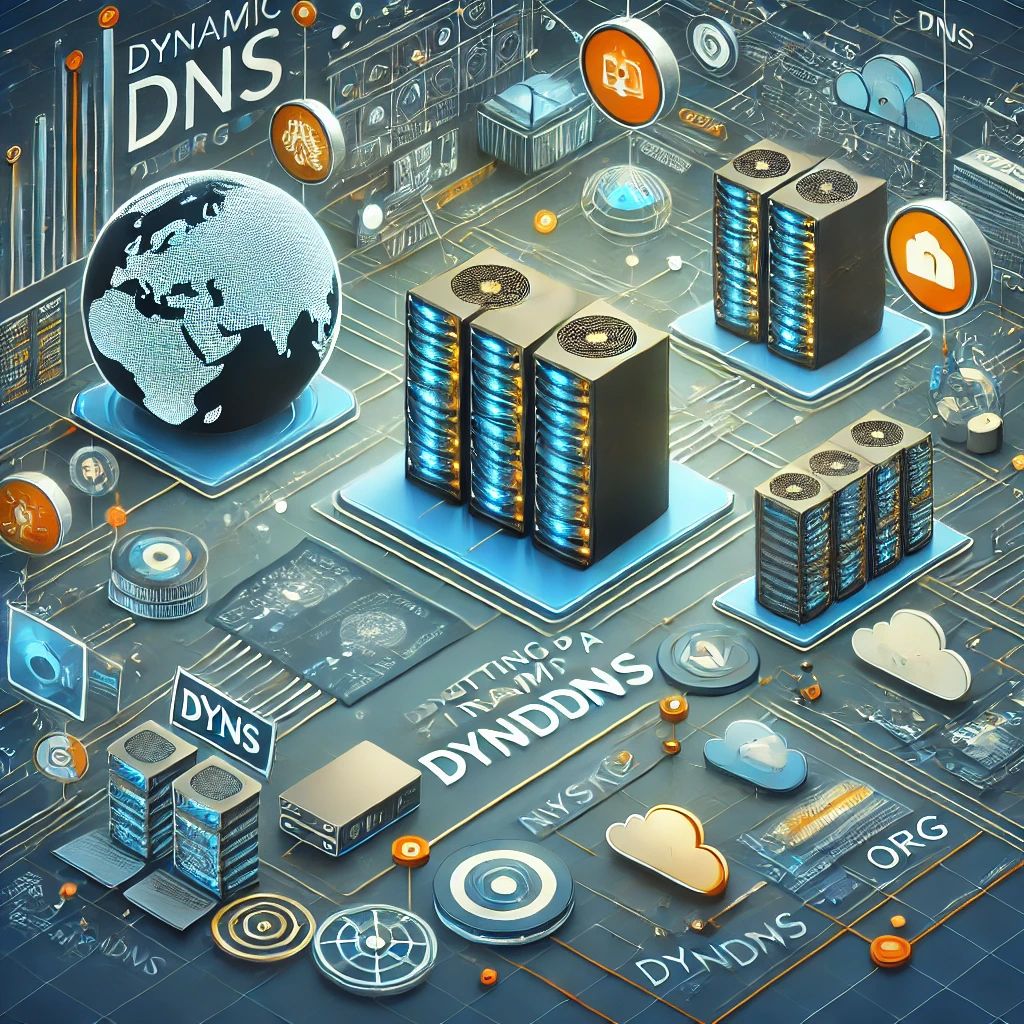Mysk2 Dyndns Org Dynamic DNS (DDNS) helps map domain names to IP addresses that change over time. Mysk2 Dyncdns Org is one such platform.
It simplifies the process of accessing devices remotely. Whether for home servers or other applications, it’s a vital tool.
With dynamic DNS, you ensure consistent access despite IP changes. Mycsk2 offers a seamless way to manage this process.
Understanding how to set it up can enhance your control over your network.
Table of Contents
2. Why Use Mysck2 for Dynamic DNS?

Myskc2 Dyndns Org offers multiple benefits. It’s especially useful for remote workers or IT administrators.
With frequent IP changes, managing servers can become a hassle. Mcysk2 ensures that these changes don’t disrupt your workflow.
It allows seamless updates to DNS records automatically. The service provides easy-to-follow steps for setup and management.
Opting for Mysk2 ensures you’re never left scrambling for access due to IP modifications.
3. Setting Up Your Account on Mysk2
The first step is creating an account on the Mysk2 platform. Go to the official site and click on ‘Sign Up.’
Fill in the required details such as email, username, and password. After registering, you’ll receive a verification email.
Once confirmed, log into your account to access the dashboard. From here, you can start configuring your dynamic DNS.
Make sure to select a strong password for added security in your account setup.
4. Configuring Your Dynamic DNS
Once logged in, head over to the dynamic DNS section. Mysk2 provides an easy-to-navigate interface for DNS configuration.
Choose a hostname for your dynamic DNS setup. This will be the name associated with your changing IP address.
Make sure to assign the correct IP address that needs mapping. The system will automatically update this when changes occur.
Save your configurations, and your dynamic DNS is now set up and ready for use.
5. Choosing a Compatible Router for Mysk2

Your router needs to support dynamic DNS updates for Mysk2 to work. Many modern routers come with this functionality.
Navigate to your router’s admin page to check for DNS options. Look for the option to configure a dynamic DNS service.
Input the required information from your Myskc2 account. Some routers may even have specific integration for Mysk2 Dyndcns Org.
Test the setup by rebooting the router and checking whether the DNS updates automatically.
6. Setting Up Port Forwarding for Remote Access
To access your devices remotely, you’ll need to configure port forwarding. Log in to your router’s admin panel for settings.
Under the ‘Port Forwarding’ section, add rules for your device’s ports. This allows external access through the dynamic DNS.
Enter the port numbers, your device’s IP address, and select the appropriate protocol (TCP/UDP).
After saving the settings, test your remote access setup to ensure everything is functioning properly.
7. Managing Multiple Devices with Mysk2

If you have multiple devices to manage, Myskc2 allows you to set up several dynamic DNS configurations. Start by adding new hosts.
For each device, you can create a unique hostname. Assign it to the respective IP addresses for easy management.
The platform supports dynamic updates, so each device stays connected. This is perfect for managing a home network or small office.
By assigning unique identifiers, you simplify network management, making remote access more convenient.
8. Troubleshooting Common Setup Issues
Like any technology, you may encounter issues during setup. One common problem is the failure to update DNS records.
Check that your router is correctly configured with Mysk2 settings. Double-check that you’ve input the right IP address and hostname.
Another common error is incorrect port forwarding, leading to connectivity issues. Review your port settings to ensure they match.
Finally, ensure your firewall isn’t blocking external access, as this could prevent remote connections from working.
9. Security Considerations for Dynamic DNS
While dynamic DNS makes life easier, it’s crucial to implement security measures. Start by enabling HTTPS on your dynamic DNS account.
This ensures encrypted connections between your devices and the DNS servers. Additionally, always use strong, unique passwords.
Mysk2 also allows for IP whitelisting, ensuring only trusted IPs can access your setup. Regularly monitor logs for any unusual activity.
By taking these precautions, you can prevent unauthorized access to your devices.
10. Advanced Customization with Mysk2
Mysk2 offers advanced options for more tech-savvy users. You can set custom TTL (Time to Live) values for DNS records.
This controls how frequently DNS changes propagate, giving you finer control. You can also add more advanced security measures.
API integration is available for developers who want to automate dynamic DNS updates. Mysk2 provides documentation for these tools.
These features make Mysk2 an excellent choice for both beginners and more experienced users.
11. Monitoring and Maintaining Your DNS Setup
Once your dynamic DNS is configured, it’s important to regularly monitor its performance. Mysk2 provides status updates in the dashboard.
You can view logs to see recent updates or connectivity issues. If needed, update your configurations or reset your settings.
Routine checks ensure everything is running smoothly, preventing unexpected downtime.
Staying proactive in managing your DNS setup will result in seamless remote access and consistent performance.
12. Conclusion: Mysk2 Dyndns Org as a Go-To DNS Solution
Mysk2 Dyndns Org provides a simple yet powerful solution for managing dynamic IP addresses. It ensures uninterrupted access to devices.
Whether you’re an individual or managing a network of devices, it’s an indispensable tool. From setup to advanced customization, it’s user-friendly.
With the right setup, you can enjoy seamless remote access without worrying about IP changes. Make Mysk2 your go-to solution for dynamic DNS.
By following these steps and best practices, you can optimize your DNS management, ensuring stability and security for your devices.







